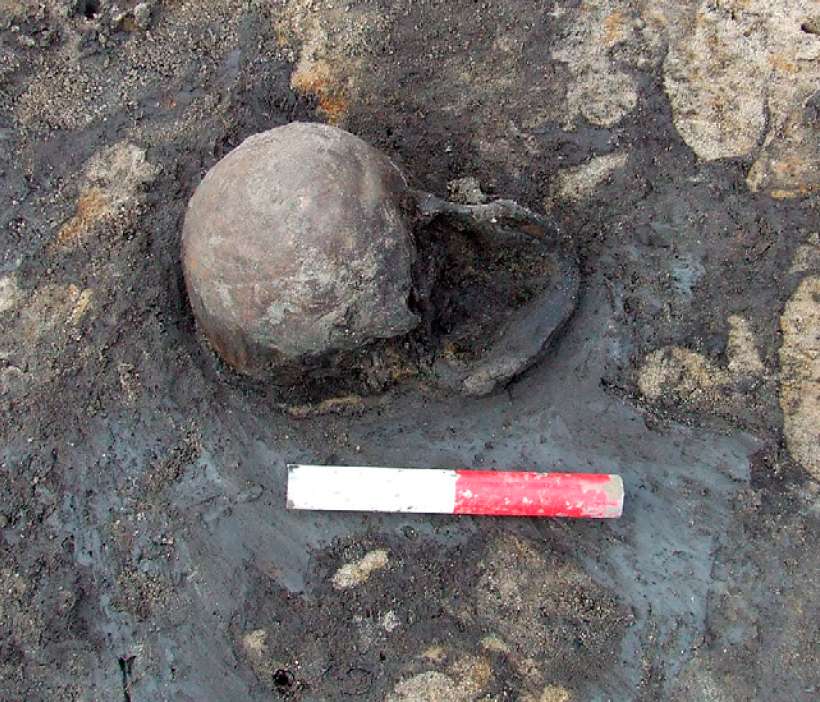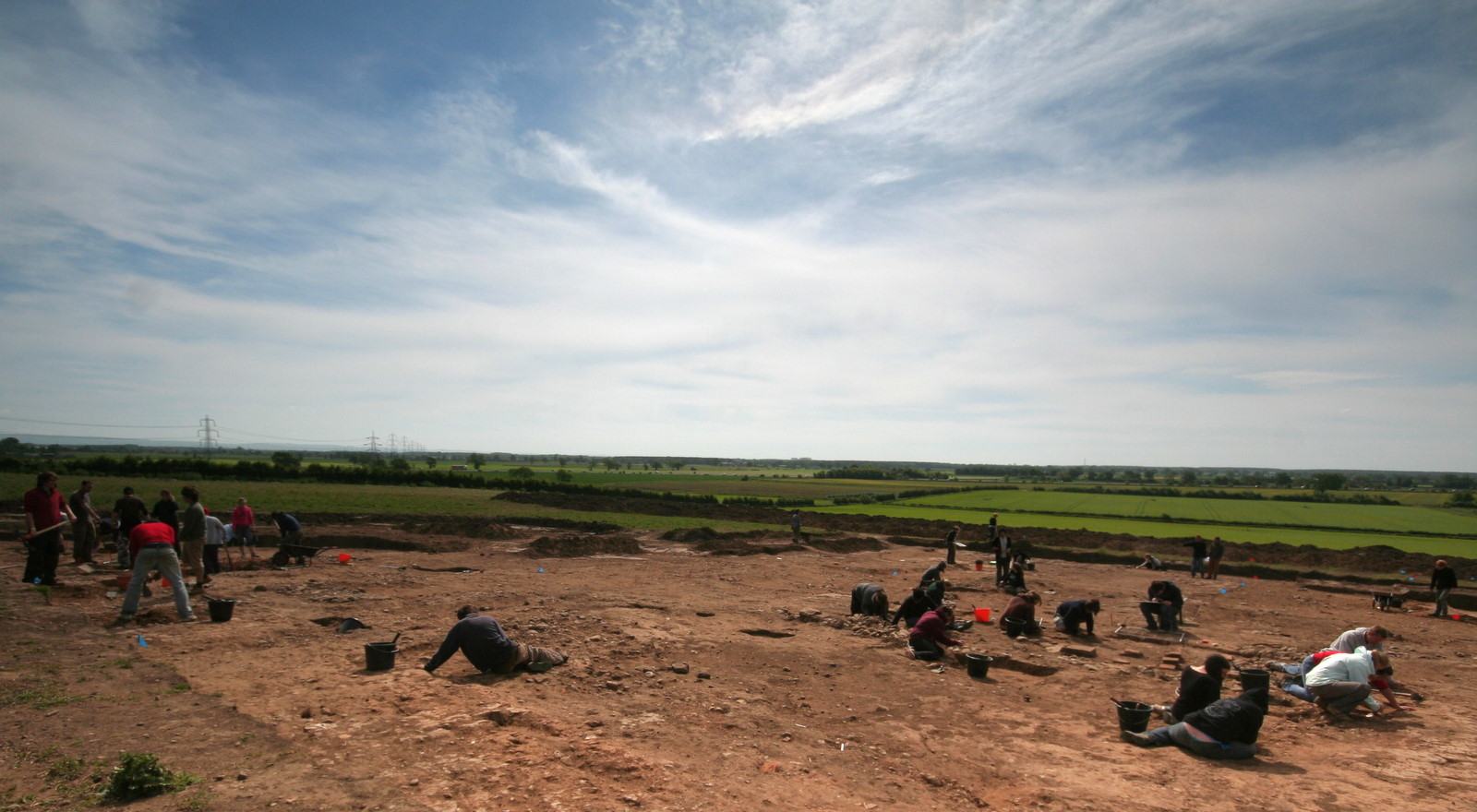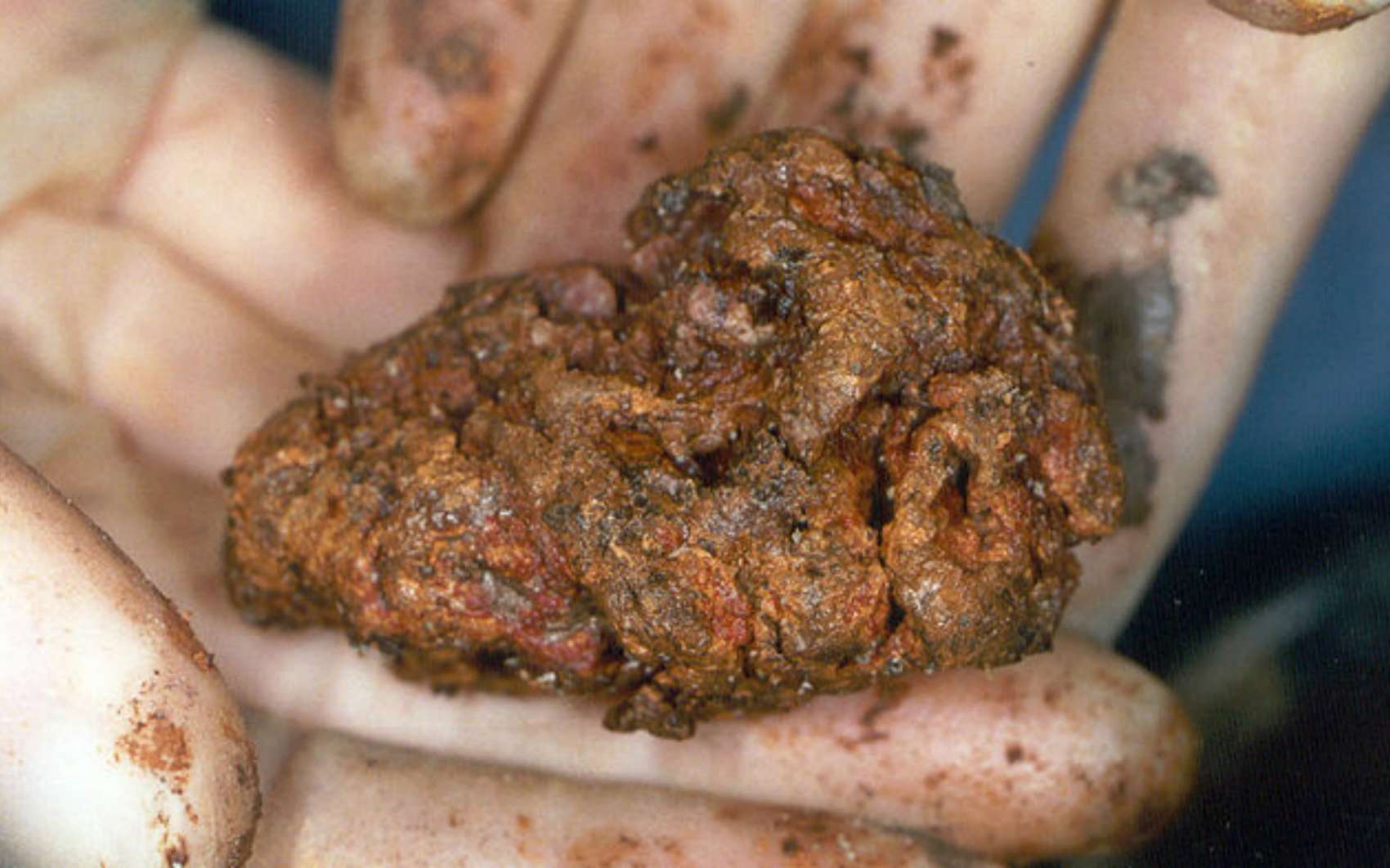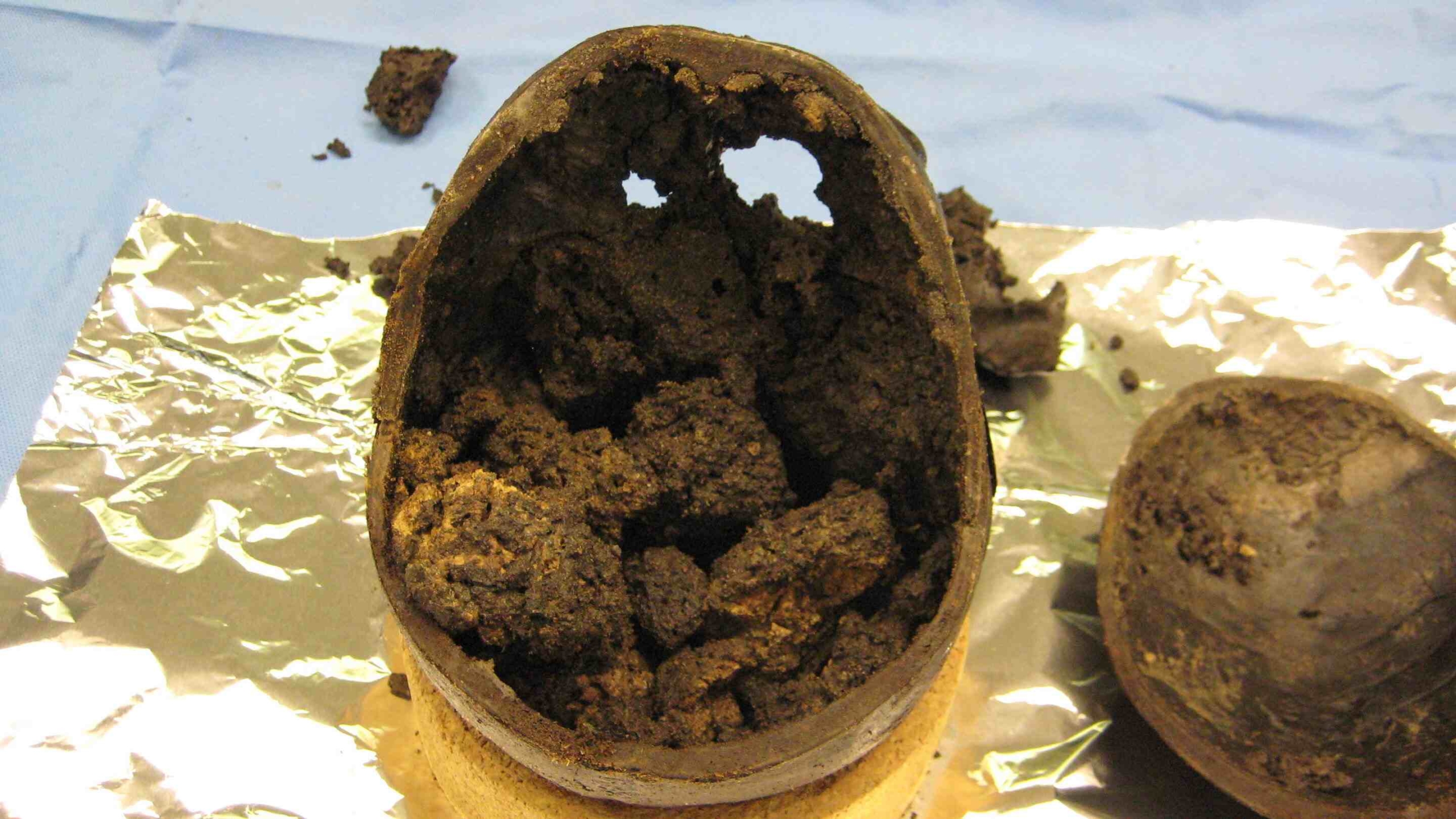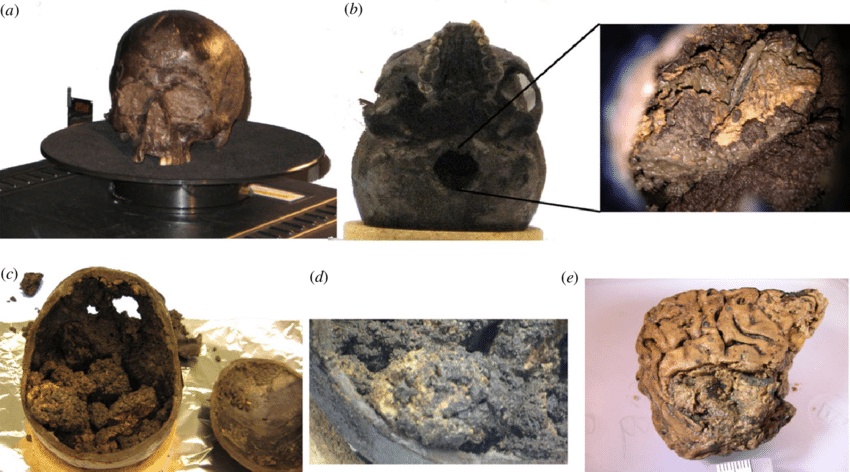The Enigmatic Heslington Brain: A Glimpse into Ancient Rituals and Preservation
In the realm of archaeological marvels, the discovery of the Heslington Brain stands as a testament to the mysterious and awe-inspiring narratives of our ancient past. Unearthed amidst the ancient grounds of Heslington, York, this extraordinary find has captivated researchers and history enthusiasts alike. Dating back over 2,600 years, this well-preserved brain has unlocked a trove of questions and speculations about the rituals and beliefs of a bygone era.
The story begins with a man lost to time, a man whose fate led him to a ceremonial execution. Somewhere between 673 BC and 482 BC, in what is now East Heslington York, this individual met his demise in a macabre fashion – hanged by the rope and ceremoniously beheaded. His decapitated head was interred, face down, in a grave, giving rise to the haunting inquiry: was this man a criminal meeting his punishment, or a sacrifice aimed at appeasing ancient deities?
Such ceremonial practices were not uncommon during the Bronze Age and early Iron Age in Europe. The act of sacrifice and decapitation held both religious significance and a means of instilling fear in adversaries. The severed heads of defeated foes served as trophies, proudly displayed by warriors and leaders as symbols of their conquests and valor.
The Heslington Brain’s saga delves further into the realms of ancient Britons and Celts, who employed severed heads and bodies as markers for sacred water locations. These practices were rooted in a belief that bodies of water served as portals to other dimensions, where gods might reside. However, the Heslington Brain’s discovery deviates from the norm – only the head was buried, suggesting a unique ritualistic purpose.
Historical context provides intriguing insight into the significance of the human head during the Iron Age in Europe. The head was associated with fertility, power, gender, and prestige. Ritualistic practices involving the preservation and display of severed heads were documented, forming what scholars refer to as a Pan-European “head cult.” This practice aimed to foster a sense of unity among Celtic civilizations.
The discovery of the Heslington Brain, found face down in a watery grave, adds another layer to this intriguing narrative. The brain’s preservation defies conventional decay processes. Anoxic soil conditions and the quick burial process contributed to this phenomenon, preventing bacterial activity that typically accompanies decomposition.
Scientific analysis has added depth to the story, revealing the individual’s DNA sequence and suggesting his potential origins. The Heslington Brain continues to be a source of fascination for researchers, offering windows into ancient rituals, beliefs, and the intricate tapestry of our human heritage.
As the investigation continues, the enigmatic Heslington Brain invites us to ponder the intricacies of a distant past, where rituals and practices might forever remain elusive. While the specifics of this man’s life and the exact reasons behind his fate may never be fully unveiled, his story serves as a reminder that the past, like the preserved brain itself, retains an indelible connection to the present.
Hits: 3


